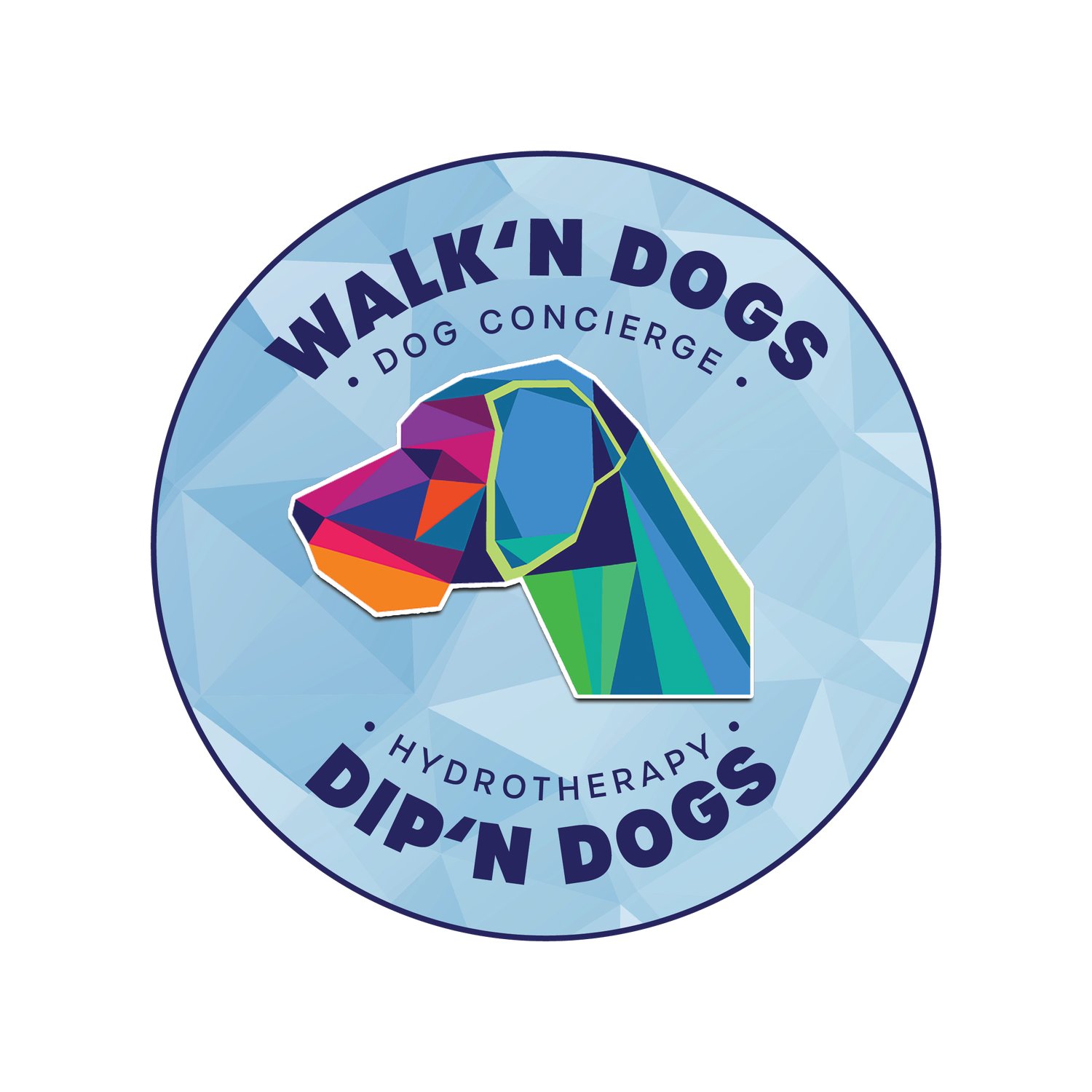Hydrotherapy for Canine Tendonitis
What is Canine Tendonitis?
A tendon is a band of tissue that connects muscle to bone. "Tendonitis" occurs when a tendon is inflamed, irritated, stretched, torn or ruptured. In dogs, the most common tendon injuries occur in the forepaws and shoulders, but tendonitis can occur in any tendon. Treatment of canine tendonitis varies based on the severity of the injury.
Causes and Predispositions
Tendonitis can occur as the result of traumatic injury, overexertion or repetitive strains. Sedentary dogs who are overweight or in poor physical condition can injure a tendon when participating in a new physical activity. Sudden flexion of the hock in the rear leg can lead to a rupture of the Achilles tendon. While tendonitis can occur in any dog breed, sporting breeds and agility dogs are in a higher risk category due to their increased physical activities. Injuries to the Achilles tendon are often seen in greyhounds. Agility dogs frequently see injuries to the tendons in the shoulders due to repetitive strains. Extreme obesity increases the risk of strain on the tendons.
Symptoms of Tendonitis
The severity of symptoms will depend on the location and the extent of the injury to the tendon. You may notice your dog limping or adjusting his natural gait. He may show pain when you touch or move the area. Other symptoms include lack of energy or desire to participate in favorite activities, as well as limb trembling.
Diagnosing Tendonitis
If you suspect tendonitis or your dog is showing possible signs of it, visit your veterinarian as soon as possible. The veterinarian will rule out possible broken bones or other injuries in the event of a traumatic event. The veterinarian will perform X-rays, ultrasounds or medical resonance imaging to help make a tendonitis diagnosis.
Treatment for Tendonitis
In cases of minor tendonitis, pain medications will help ease pain, while cryotherapy or icing helps reduce inflammation. A veterinarian may recommend physical therapy, laser therapy or acupuncture to aid in healing. In some cases, the veterinarian administers injections of hyaluronic acid or cortisone directly into the tendon. In cases of chronic tendonitis or ruptured tendons, surgical intervention may be necessary, followed by rest and rehabilitation.
Hydrotherapy for Tendonitis
Hydrotherapy uses buoyancy, resistance, viscosity, and hydrostatic pressure to help a dog move the injured joints they are trying to rehabilitate. This type of therapy works because, essentially, you provide weightless physical therapy and remove the added pressure of gravity. Your dog’s buoyancy in water reduces the stress on their joints as they try to recover from their condition. This type of therapy is also a natural anti-inflammatory due to its ability to reduce swelling in body tissues, which works wonders for tendonitis. Some other benefits of hydrotherapy that can aid in the rehabilitation of tendonitis include:
Muscle strengthening
Alleviation of muscle spasms
Increased range of motion
Promote blood circulation
Tissue healing
Faster recovery from injuries
Relief from pain, stiffness & swelling
About Dip’ n Dogs Hydrotherapy – Orlando, FL
At Dip’n Dogs Hydrotherapy, we are certified and caring professionals devoted to restoring and enhancing the health and happiness of your beloved pup. Encompassing a pool, as well as a certified hydrotherapist, this can provide effective and long lasting results for your pet’s injury or illness. We are conveniently located in Winter Park, FL. Contact us today at (407) 227-0030.

